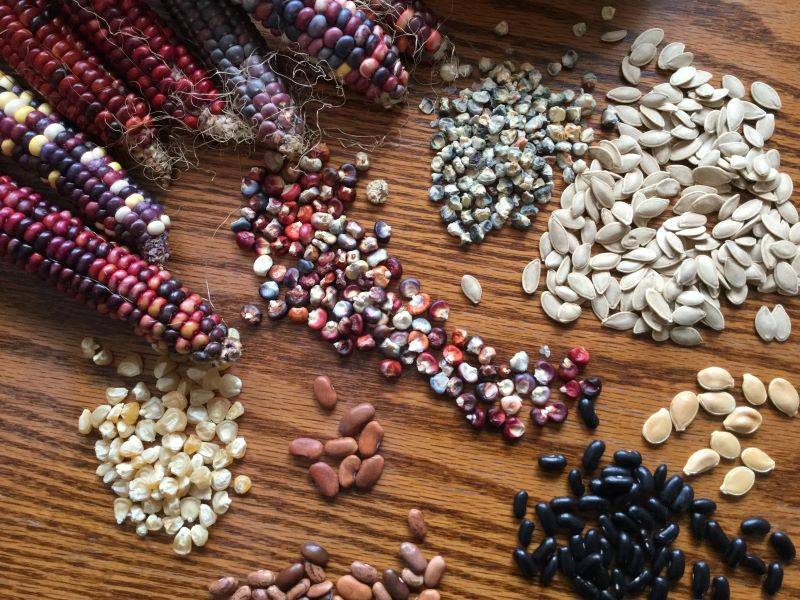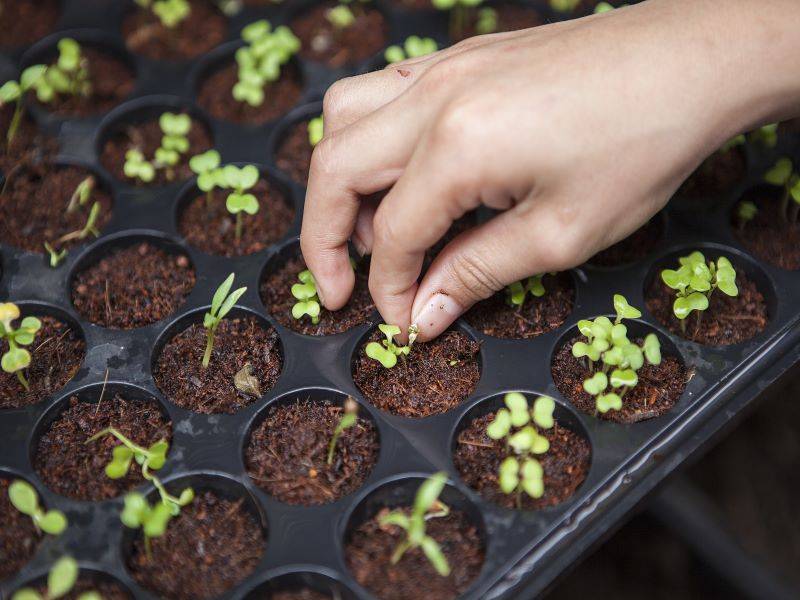
In agriculture and gardening, seed saving (sometimes known as brown-bagging) is the practice of saving seeds or other reproductive material from vegetables, grain, herbs and flowers for use from year to year for annuals and nuts, tree fruits, and berries for perennials and trees. This is the traditional way, farms and gardens were maintained for the last 12,000 years.
In recent decades, beginning in the latter part of the 20th century, there has been a major shift to purchasing seed annually from commercial seed suppliers. Much of the grassroots seed-saving activity today is the work of home gardeners.
Best Seeds for Seed Saving
Open-pollinated seeds are the easiest to save, provided that they don’t cross-pollinate with other plant varieties, even if they happen to be of the same species. Seed saving has been known to preserve genetic diversity, which is why the practice is often used to preserve plants that are on the verge of extinction, as well as heirlooms. Additionally, seed saving has also been shown to have a positive ecological impact since these plants provide food to beetles, butterflies, and bees.
Peppers are the easiest seeds to harvest since their seeds can simply be scraped out and allowed to dry in a shady and non-humid area. Gardeners should occasionally test the seeds to ensure that they’re ready for saving; seeds that bend require a bit more time, while seeds that instantly snap in half are considered ready.
Tomato and squash seeds can also be saved easily, they simply require washing and drying. There are complete guides on seed saving available that outline specific steps involved, including the washing, drying, storing, and labelling of seeds. The greater care is taken during the seed saving process, the better chance of germination down the road.

Methods
To be successful at seed saving, new skills need to be developed to ensure that desired characteristics are retained in the landraces of the plant variety. Important considerations are the separation distance needed from plants of the same species to ensure that cross-pollination with another variety does not occur, and the minimum number of plants to be grown which will preserve inherent genetic diversity. It is also necessary to recognize the preferred characteristics of the cultivar being grown so that plants that are not breeding true are selected against and to understand the breeding of improvement to the cultivar. Diseases that are seed-borne must be recognized so that they can be eliminated. Seed Storage methods must be good enough to maintain the viability of the seed. Germination requirements must be known so that periodic tests can be made.
Care must be taken, as training materials regarding seed production, cleaning, storage, and maintenance often focus on making landraces more uniform, distinct and stable (usually for commercial application) which can result in the loss of valuable adaptive traits unique to local varieties.
Additionally, there is a matter of localized nature to be considered. In the upper northern hemisphere and lower southern, one sees a seasonal change in terms of a cooler winter. Many plants go-to-seed and then go dormant. These seeds must hibernate until their respective spring season.















